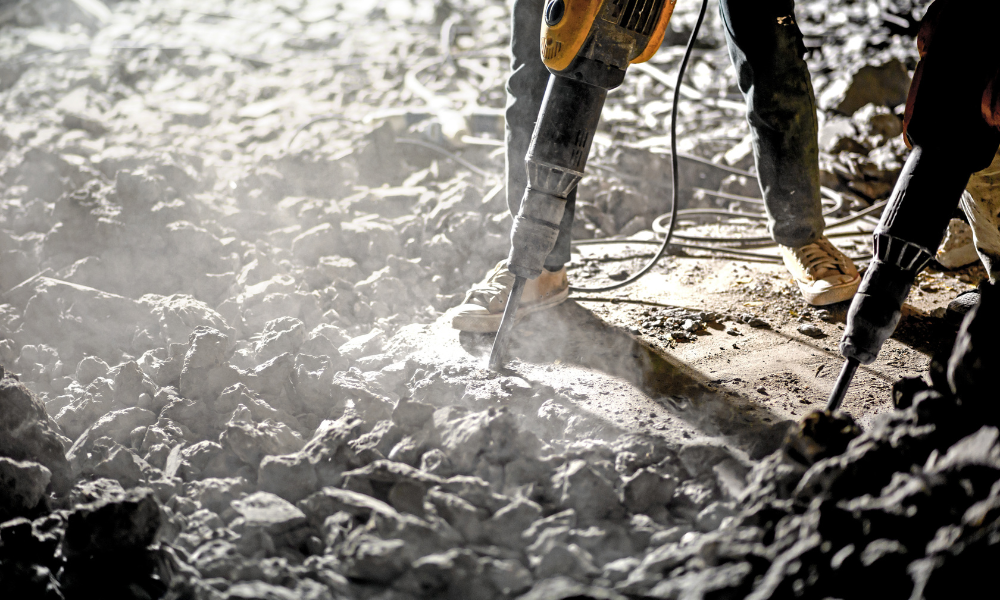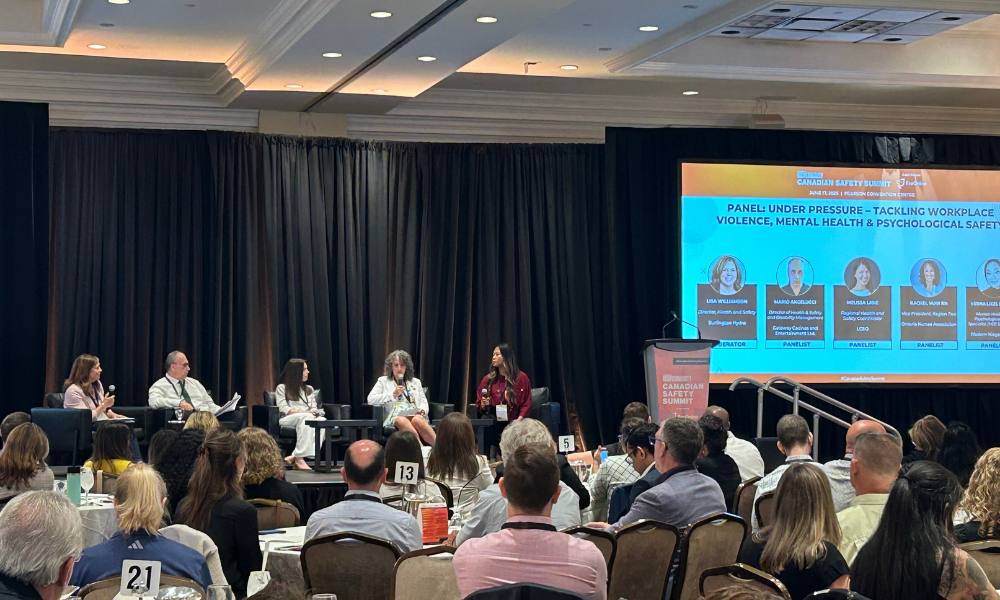Do you hire companies or contractors to perform work for you? Did you know you could be held responsible for workers’ compensation premiums owed by your contractors to the compensation board?
How can you ensure that the companies you hire are covering their workers and paying their premiums while protecting yourself from having to pay on their behalf? Obtain a clearance certificate or clearance letter from the contractor or the compensation board in your jurisdiction.
Many individuals and companies hire contractors and subcontractors to perform work. Just as it is important for you to cover your workers, it is also important to ensure that companies you hire are covering theirs.
When you hire a company, you are considered to be the principal, and the company as the contractor. The principal may be deemed to be the employer of the contractors’ workers if proper documentation has not been obtained.
The workers’ compensation system is set up to protect workers regardless of whether they were properly covered at the time of an accident. If the contractor or subcontractor was not registered and paying premiums to cover its workers, the compensation boards may collect outstanding premiums from the principal.
In addition, in case of an accident, the principal may be responsible for the costs of any accident that occurs. This may have additional impacts on experience rating, which in turn could have substantial effects on an organization’s standing with the compensation board. Depending on the industry, it may also affect an organization’s ability to competitively bid for work or contracts.
In the construction industry, for example, when deciding whether to hire a contractor, many organizations will look at a company’s injury rate as part of their selection criteria.
So how can you protect yourself? Obtain a clearance, or ask prospective contractors to provide you with one.
Clearances should be obtained prior to the contractor beginning the work. The clearance will confirm for the principal that the contractor is registered with the compensation board, and in many provinces, will confirm that the contractor’s account is in good standing (i.e. up to date with payments).
Before issuing final payment, an updated clearance should be obtained. This will tell the principal that the contractor’s account remains in good standing. In some provinces, such as Saskatchewan, a clearance tells the principal that they can pay the contractor.
If the contractor has premiums owing to the compensation board, the board may request that the principal withhold payment to the contractor.
How can you obtain a clearance?
Each province has its own method for issuing clearances. In Nova Scotia and Ontario, for example, it is the contractor’s responsibility to obtain the clearance and provide it to the principal upon request.
In other provinces, such as Alberta, either the principal or the contractor may obtain the clearance. Some provinces, such as British Columbia and Alberta, provide the ability to obtain clearances electronically.
In all cases, however, clearances are provided free of charge. Consult your local compensation board to confirm how to obtain clearances in your jurisdiction.
Do you have a workers’ compensation topic you would like to see
covered in this column? Email your suggestions to me at [email protected]
David Marchione is an OHS consultant with Gowling Lafleur Henderson LLP in Toronto, specializing in workers’ compensation matters. You can reach him at [email protected] or www.gowlings.com/ohslaw.
How can you ensure that the companies you hire are covering their workers and paying their premiums while protecting yourself from having to pay on their behalf? Obtain a clearance certificate or clearance letter from the contractor or the compensation board in your jurisdiction.
Many individuals and companies hire contractors and subcontractors to perform work. Just as it is important for you to cover your workers, it is also important to ensure that companies you hire are covering theirs.
When you hire a company, you are considered to be the principal, and the company as the contractor. The principal may be deemed to be the employer of the contractors’ workers if proper documentation has not been obtained.
The workers’ compensation system is set up to protect workers regardless of whether they were properly covered at the time of an accident. If the contractor or subcontractor was not registered and paying premiums to cover its workers, the compensation boards may collect outstanding premiums from the principal.
In addition, in case of an accident, the principal may be responsible for the costs of any accident that occurs. This may have additional impacts on experience rating, which in turn could have substantial effects on an organization’s standing with the compensation board. Depending on the industry, it may also affect an organization’s ability to competitively bid for work or contracts.
In the construction industry, for example, when deciding whether to hire a contractor, many organizations will look at a company’s injury rate as part of their selection criteria.
So how can you protect yourself? Obtain a clearance, or ask prospective contractors to provide you with one.
Clearances should be obtained prior to the contractor beginning the work. The clearance will confirm for the principal that the contractor is registered with the compensation board, and in many provinces, will confirm that the contractor’s account is in good standing (i.e. up to date with payments).
Before issuing final payment, an updated clearance should be obtained. This will tell the principal that the contractor’s account remains in good standing. In some provinces, such as Saskatchewan, a clearance tells the principal that they can pay the contractor.
If the contractor has premiums owing to the compensation board, the board may request that the principal withhold payment to the contractor.
How can you obtain a clearance?
Each province has its own method for issuing clearances. In Nova Scotia and Ontario, for example, it is the contractor’s responsibility to obtain the clearance and provide it to the principal upon request.
In other provinces, such as Alberta, either the principal or the contractor may obtain the clearance. Some provinces, such as British Columbia and Alberta, provide the ability to obtain clearances electronically.
In all cases, however, clearances are provided free of charge. Consult your local compensation board to confirm how to obtain clearances in your jurisdiction.
Do you have a workers’ compensation topic you would like to see
covered in this column? Email your suggestions to me at [email protected]
David Marchione is an OHS consultant with Gowling Lafleur Henderson LLP in Toronto, specializing in workers’ compensation matters. You can reach him at [email protected] or www.gowlings.com/ohslaw.





